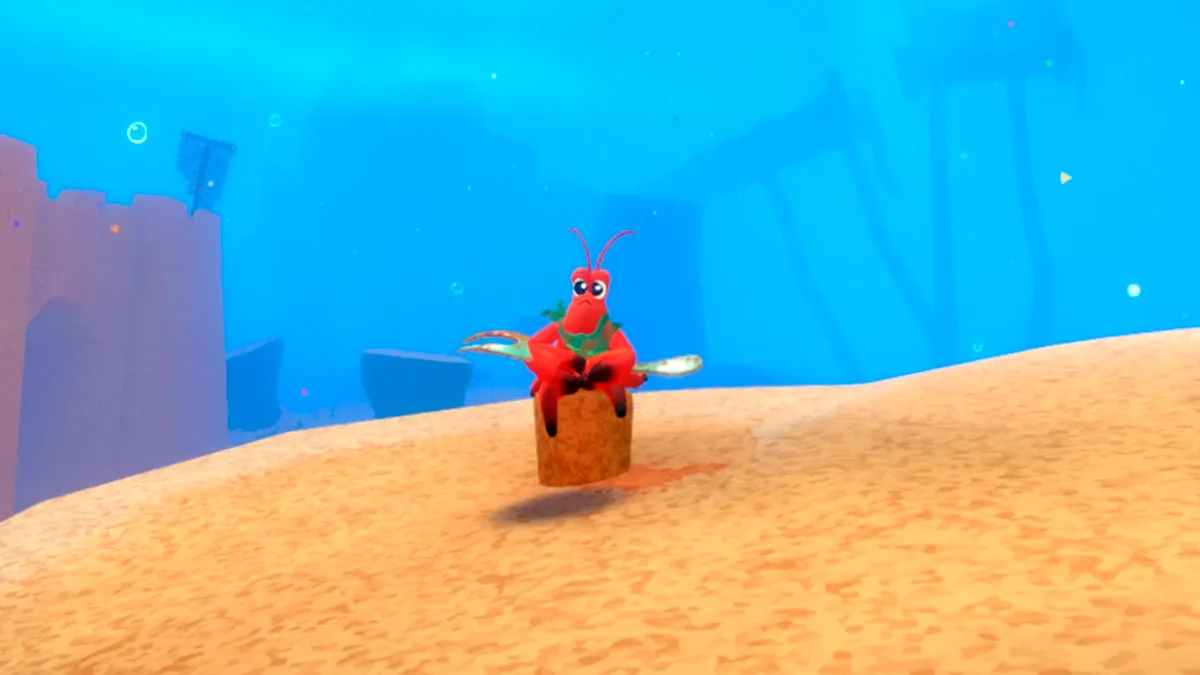Published by Margaret Weis Productions. Released Aug 2014. Copy purchased by reviewer.
Firefly holds a special place in my heart, and not just because I loved the original television series. It was also the setting of my first roleplaying campaign – Margaret Weis Productions first broke into the RPG market with Serenity, where players designed their own crews, ran their own jobs, and kept flying across the sci-fi/western Verse. That original game is now long out of print, thanks to an expired license agreement, but it’s fondly remembered among many tabletop fans – my own RPG group included.
That’s why the tabletop world rejoiced when Margaret Weis revealed the Firefly Role-Playing Game, bringing the ‘Verse back to tabletops with the updated Cortex Plus system. This game has since proved to be a phenomenal success, prompting several well-written supplements and an Origin Award nomination. While Firefly is a very different game from the original Serenity system, it’s still a well-crafted experience for novice and veteran tabletop players alike – or anyone else with a healthy appreciation for a Verse of Alliance and Browncoats.

Here’s How It Is
Firefly takes place in “The Verse”, a futuristic setting heavily inspired by western films. After Earth-That-Was got used up, humanity left its homeworld and settled across five major star systems. Eventually a governing body called the Alliance tried to take control of known space, ultimately winning the War of Unification. Five years later, any crew that doesn’t much like Alliance rule tends to stay-off world, living from trusty ships and taking freelance jobs where they can – usually getting into all kinds of trouble in the process.
Now if you’re a Firefly fan you’re already well familiar with all this, but Margaret Weis does an admirable job of bringing newcomers up to speed. In fact, the first 150 pages is a detailed synopsis of the entire series from a gameplay perspective. Sure, it’s filled with spoilers – but it provides an overview of the setting, weapons and gear from each episode, and breakdowns of which dice were needed in key action beats. That’s incredibly useful for fresh-faced GMs seeking context for rolls – not to mention the treasure trove that is almost every named character as an NPC. Want to have Badger, Niska, Saffron, or Jubal Early in your game? You’re in luck – they’re all here.
The bad news is you won’t find much setting information outside of the show itself. There is a very handy System Map and descriptions for each region, but if you want the details on anything significant – like the Unification War’s timeline – you’ll have to dig it up elsewhere or make it up as you go along. That’s not necessarily a problem for all tabletop groups, but it’s a notable absence considering this material was covered in the original Serenity game.
That said, there’s more than enough to get started here, it’s just likely to spin out of the show’s content. Later supplements like Smuggler’s Guide to the Rim rectify that with the “Good Shepard’s Run” – ten fully-fleshed out locations for crews to explore – while the core book offers GM advice chapters if you need inspiration.
Find a Crew. Find a Job. Get Paid.
Firefly has three different ways to find your player character. The first is simply using the Serenity crew’s character sheets and playing new adventures it the Black. There’s certainly an appeal to that – after all, it lets you create a personal Season 2 while pretending this never happened. The second option is to choose a character archetype that interests you and spend points to upgrade their abilities. Since Firefly‘s core book alone has 24 to choose from, it’s a great way to build crew members without doing the heavy lifting. Finally, players can roll up their sleeves and design a character from scratch, assigning all the attributes, skills, distinctions, and more to a blank character sheet.
Each approach will give you a balanced starting character mechanically, but what sets them apart from each other are distinctions – the personality traits, ship roles, or historical backgrounds that define your character as a person. They generally help track how a crew member should behave in-game, but also have mechanical rewards. For example, one of my players had a “Cocky” distinction that drove her to overcompensate, and anytime that attitude put her crew in danger? She’d be rewarded with plot points. Needless to say, this crew often found itself getting into trouble, but it wouldn’t be a Firefly game if things went smooth.

The actual dice-rolling mechanic is straightforward but takes some getting used to if you’re only familiar with d20 systems. Every statistic on your character sheet, be it an attribute, skill, distinction, or equipment asset, is represented by individual dice – ranging from four-sided to twelve-sided. Anytime a character attempts an action, they take all the relevant dice and roll them at once, putting the highest two results as the total. But in Firefly, you aren’t rolling against a difficulty number – you’re rolling against defending dice that determine the difficulty on the fly.
Let’s say you’re an engineer trying to repair a damaged ship while it’s flying. The GM could decide the ship’s damage is represented by a d10, and add another d8 to represent fixing the engine while it’s running. The engineer would roll their Mental attribute, Fix skill, Ship’s Engineer distinction, and maybe a Repair Kit asset. But if the engineer has any complications on their sheet – like say, a d12 shaky hands – the dice could be added to the defender’s dice pool. This process adds mechanical weight to every task, but means the GM doesn’t need to worry about fixed difficulties while giving characters a chance to succeed on the first try.

Things Don’t Go Smooth
Firefly may sound like a stat-heavy, number-crunching system at first glance, but in play it’s actually quite the opposite. All these dice rolls set the backdrop for how difficult given tasks are, but the game is really fueled by plot points. These let players directly control how the game’s story unfolds – you could spend them to draw a “hidden” gun from your boot, locate cover in a firefight, find allies in unusual places, or stay standing despite intense injuries. Players start each “episode” with a single point, but playing to your distinctions gives you a surplus that contributes to unique, interesting stories.
That’s great for getting into character, but it does mean Firefly is closer to a “story game” than number-crunching RPGs. In fact, plot points completely replace most traditional game systems. For example, players don’t have health bars to track how much damage they’ve suffered – if you get shot, you can spend a plot point to take a complication instead of being taken out. But Firefly even uses plot points for managing money – players don’t earn currency for completing jobs, but they can spend plot points on dice that represent their wealth. It doesn’t slow down the gameplay any, but it is a strange decision – a big part of Firefly is about taking freelance work for money after all.
In other words, Firefly puts a strong emphasis on narrative over simulation. On the one hand, that glosses over details like how much money you have, the schematics of custom ships, or how long it takes to travel between the Blue Sun to Georgia systems. But it also lets players get into the gameplay right away – anyone who aims to misbehave can just do it without looking up a dozen rules. And it’s not like the Firefly show worried about those nitty gritty details after all – just the fun of diving into a difficult situation.

On top of that, flattening out the mechanics with narrative means all gameplay approaches are equal. You’re just as likely to defeat an opponent with a cutting remark (and successful Social roll) as you are with a pistol. That gives players lots of freedom to experiment with combat and non-combat oriented characters, allowing for more diverse crews. And Firefly still has enough mechanical weight that you can advance your crew over time, upgrading skills and distinctions with every completed episode.
If there’s one particular nitpick I have with Firefly, it’s that supplements have details which should have been in the core book. The biggest oversight is Reavers – outside of a single ship, the game never addresses them mechanically until you reach Things Don’t Go Smooth. Sure, Reavers technically weren’t in the show but it’s a notable absence, especially since Firefly treats them like a force of nature instead of enemy obstacles. Meanwhile, Smuggler’s Guide to the Rim has a fantastic Reputation system for managing factions, and an upgraded character sheet with an “episode guide” that tracks experience. (Although this sheet is available from the Margaret Weis website.) The core game is certainly playable without such features, but they add so much that Firefly feels lacking without them.
But in the end, Firefly remains a fantastic game. While I personally miss some of the nuance of the original, there’s more than enough here to make it a worthy successor to Serenity, and a great tabletop experience to boot.
Bottom Line: It doesn’t matter if you’re a newcomer or a life-long Browncoat – Firefly is an fun, exciting RPG that will make you long for the Verse all over again.
Recommendation: Take my love, take my land, take me where I cannot stand – I don’t care, I’m still free, you can’t take the sky from me.
[rating=4]


